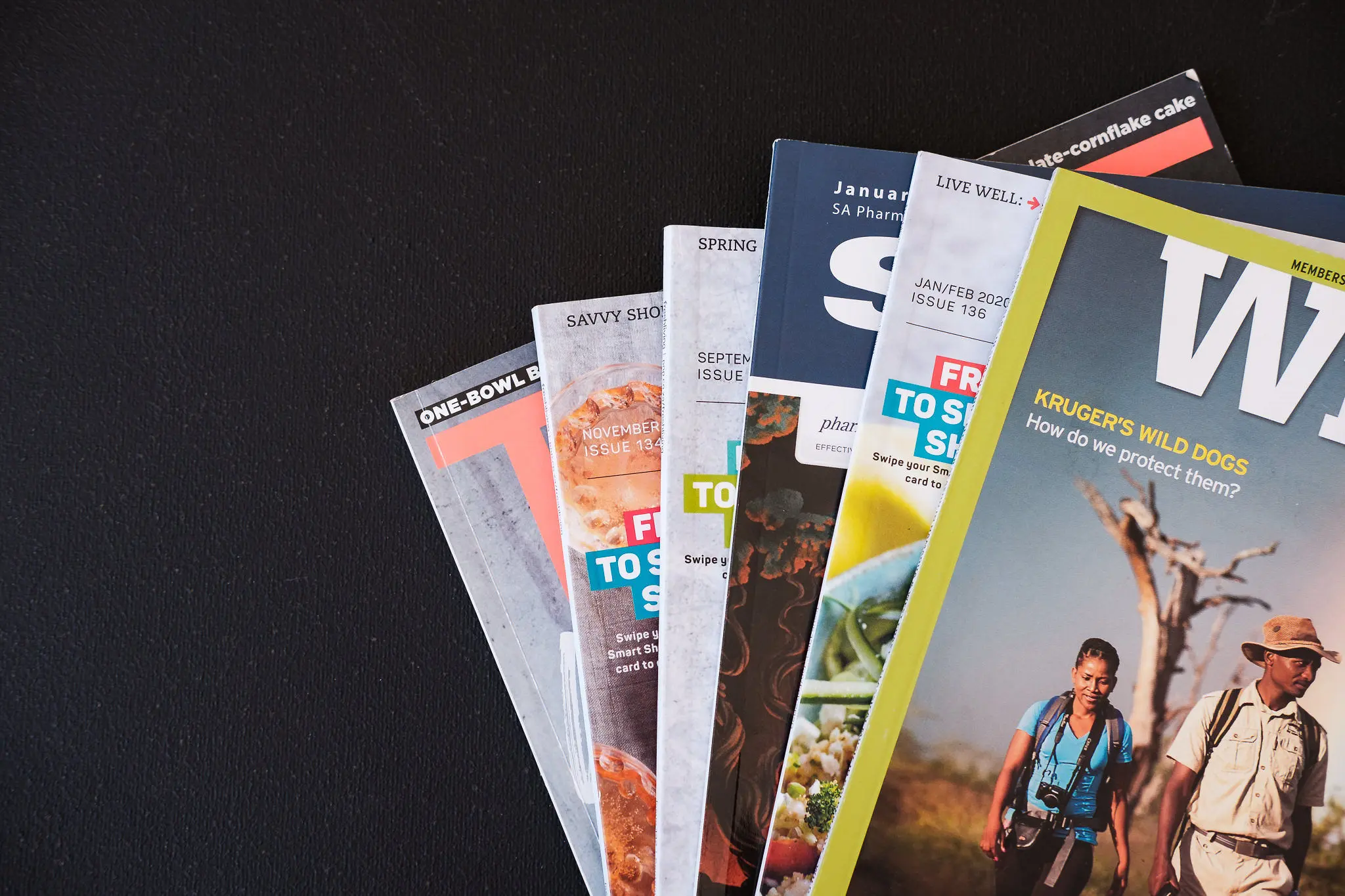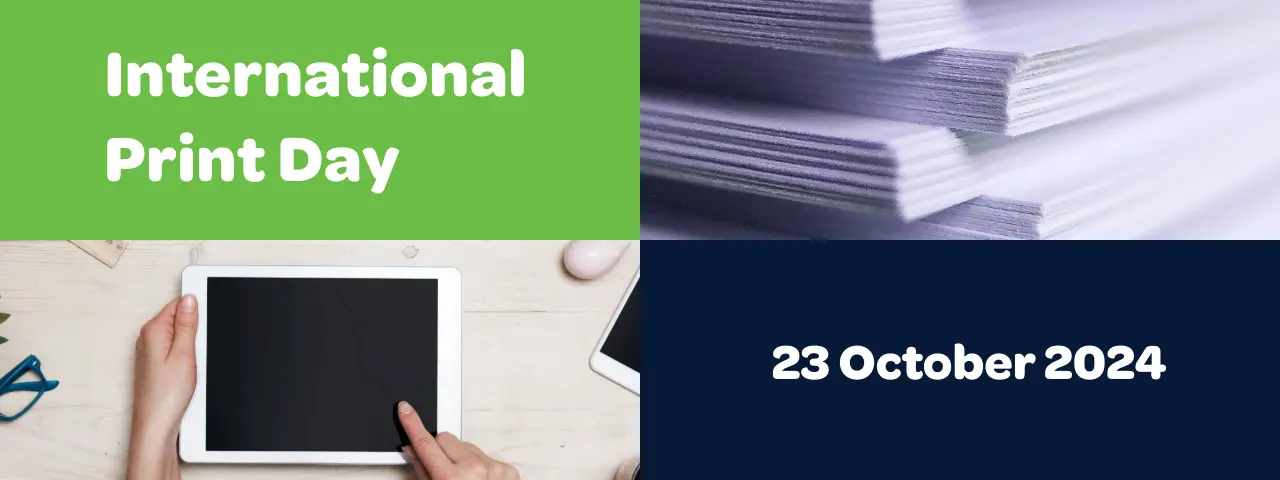Why print is not dead and ‘paperless’ is a myth
In an era of many things digital, there’s a common misconception that print has become obsolete, and that paper is not environmentally friendly. While the demand for traditional printing of newspapers, magazines and brochures has declined, paper and print in their entirety are certainly not dead and probably never will be.
The term “paperless” is often misunderstood as being inherently greener or as a way to save trees. Interestingly, while “paperless” typically refers to reducing office paper use, switching to paper-based packaging is now considered the greener choice. However, both office paper and packaging paper come from the same source: wood fibre.
I doubt boardroom deliberations about digitising processes or communication are because management wants to save trees. They want greener bottom lines, efficient processes and centrally-held, accessible information. Yet some marketing departments will greenwash the reason for not printing receipts or other documents as ‘saving the planet’.
‘Green Cred’ of Paper
The production of paper is often pegged as a cause of deforestation. It’s a deeply rooted myth that the forestry and forest product industries lament and continuously dismisses.
The trees used for paper making are cultivated, like agricultural crops, in rotations of planting, growing, harvesting, and replanting on state-regulated land. The trees absorb carbon dioxide, release oxygen, and then harvested wood products – including paper – store carbon.
Recycling adds to these green credentials in several ways. It ensures that the carbon is locked up for longer. It diverts paper and cardboard from landfills, sending this secondary source of fibre back to paper mills for reuse in packaging and tissue products. This in turn contributes to many livelihoods; informal collectors, collection enterprises, buy-back centres, logistics and paper mills.
It is these practices, long embedded in the forestry and paper sector, that make paper and print a responsible choice, aligning with growing consumer demand for environmentally friendly products.

Take-away – the choice of whether to use paper or digital depends on purpose and personal preference

Take-away – yes, you can print the email or document. Just recycle it afterwards.
A Place for Both
We cannot live in an age of “either/or”. Just as we are a blended society on countless levels, we can strike a balance between the screen and print. I prefer getting invoices via email so I can save them to the cloud for my accountant to access.
But I will print a document if I need to proofread it, or refer to it often. And when I am done with it, it gets recycled.
Some traditional paper-based processes will continue to be relevant. (Thanks be to the heavens for lawyers and banks. I jest. Actually, I don’t.)
It’s wonderful that some newspapers and magazines continue to weather the digital storm, proving that there is still a market for quality print journalism and content. In fact, magazines, which remain heavily reliant on print revenues for their success, with print accounting for 75% of total industry revenues by 2026, despite ongoing shifts towards digital platforms.
The Digital Chasm
It’s easy to assume that everyone has access to a mobile phone or the internet, but that simply isn’t the case. Many people remain disconnected due to high costs or lack of infrastructure.
According to Census 2022, while the number of households without internet access decreased by 44%, about 13 million people in South Africa still lack connectivity. These individuals continue to depend on print and broadcast media for news and information, highlighting the enduring importance for non-digital platforms.
Take-away – by relying solely on digital resources, we risk excluding large sections of the population.

Tapping Into Print for Brand Engagement
In the digital era, paper and print have evolved from mass communication tools to more niche, purposeful platforms that deliver unique brand experiences. Today, brands can leverage print’s ability to engage consumers by fusing the tactile appeal of paper with digital innovation. Whether through QR codes on competition flyers, shopping inserts, or premium packaging, print offers a perfect blend of physical presence and digital connectivity.
Print may look different than it did in decades past, but it is far from dead. It continues to evolve, offering both environmental benefits, functionality and meaningful experiences that resonate in a digitally saturated world.
The future of print is not about surviving, but rather thriving through innovation and sustainability.




